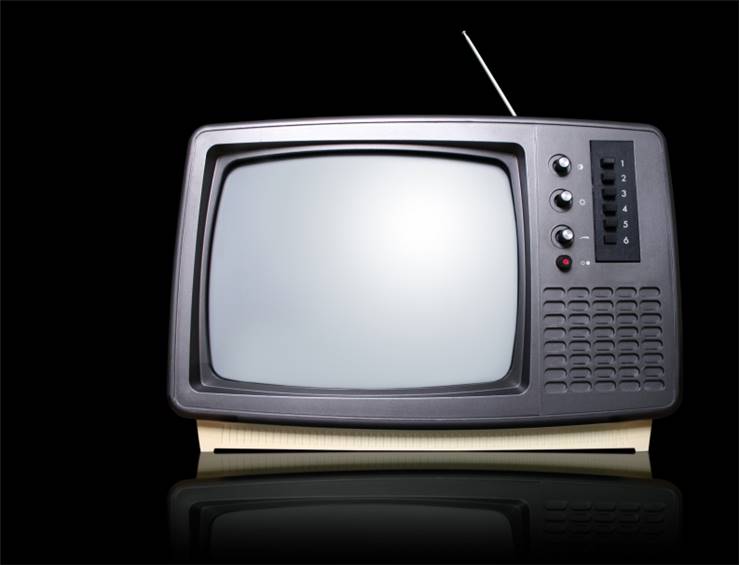History of the Color Television - Who Invented Color TV?
The world of television would not be the same as it is today without the discovery of fully colored television systems. Even though they were considerably harder to make, many inventors around the world strived to create such device, and enable millions of people to see wireless broadcasts that were reproduced in lifelike colors. Such efforts first started in the experimental stage during late 19th century, first prototype came in 1928, public broadcasting in 1940, public adoption in mid 1960s, and disappearance of black and white broadcasts in mid seventy.
The first attempts for creating color television started from immediately after the creation of first mechanical black and white televisions in 1880s. While French inventor Maurice Le Blanc proposed creation of mechanical color television, it was Polish inventor Jan Szczepanik patented a color television system in 1897, managing to achieve color reproduction by using selenium photoelectric cell, electromagnet, prism and oscillating mirror. Sadly, this system did not work well and this invention remained unsuccessful.

Successful prototype of mechanical television system came from Scottish inventor John Logie Baird, who after managing to create black and white television set from common materials (bicycle lamps, cardboard, biscuit tin, string and daring needles) tackled the problem of colors. His solution involved use 3 light sources and 3 spiraling discs that combined their rays of primary light to create visible color image. He demonstrated his invention on July 3, 1928, drawing amazement from the crowd that gathered in droves to see the 30 minute broadcasting of music and traditional Irish stories, and even first ever television commercial for Daily Mail. His mechanical devices received steady stream of updates through the years, but enormous pressure from more powerful and influential Marconi-EMI and Bell Laboratories managed to push mechanical systems away from the spotlight. Baird however did not give up, and by 1940 he managed to create first fully electric television system that used cathode ray tube with two electron beams. By aiming electron at cyan and magenta phosphorus, he was able to reproduce limited color range of broadcasts.
After great success of black and white television broadcasting in United States, CBS researchers under the leadership of Peter Goldmark certified heavy and bulky mechanical television system in 1950, with first color broadcast happening on June of 1951. Because of high price, and low amount of color television content, black and white television sets remained in heavy use until mid-1960s even though many American television stations started adopting color broadcasting even from 1954. During first years of 1960, major television shows such as “Bonanza”, “Walt Disney's Wonderful World of Color”, “The Flintstones”, “The Jetsons” and “Ed Sullivan Show” all managed to attract large number of viewership, and in 1966 NBC decided that all their new programs will be produced in color. This marked the turning point in the world of television, with color sets becoming increasingly popular and black and white broadcasting being slowly phased out.
After adoption in United States, color television soon managed to spread across the world. Europe waited for the solidification of American standards and solution for all their early technical problems, finally introducing color PAL format in 1967. In the year 1972, sales of color television sets in the United States finally surpassed their black and white counterparts, who were by 1980s pushed to the niche markets (small portable sets, security video monitors, etc.).
